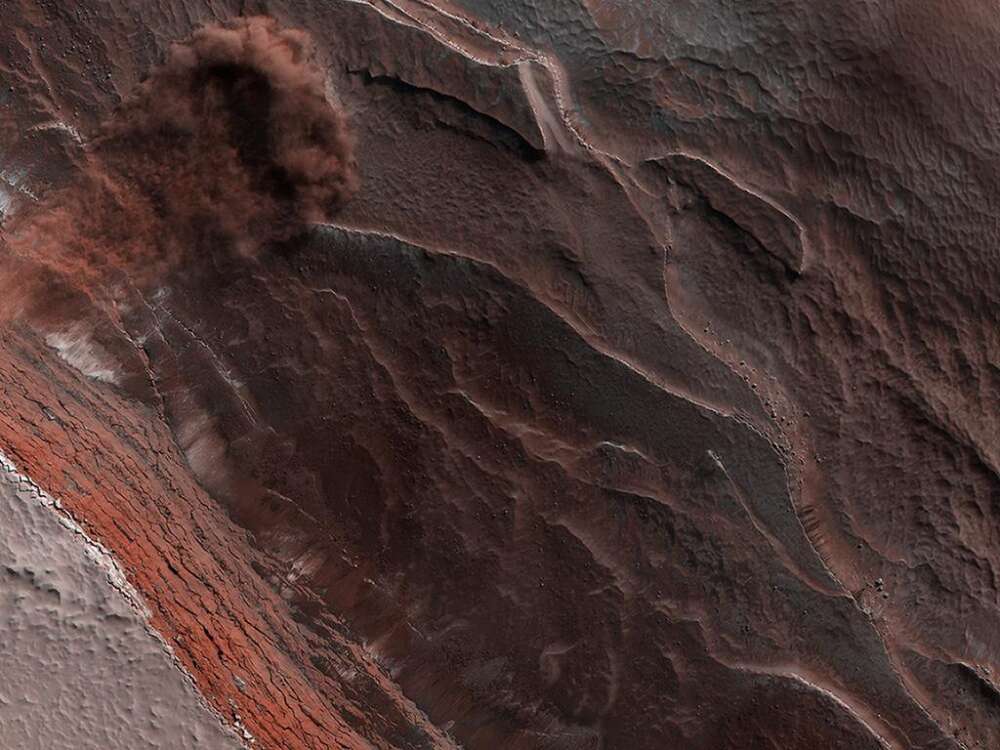
Mouth Watering Photography To Celebrate Mars Reconnaissance Orbiter's 15 Years of Service.
Share
We can't believe its been 15 years since the Mars Reconnaissance Orbiter (MRO) left Earth and begun sending us incredible, never before seen views of our crusty brown neighbour.
And as a treat, we have access to some of the most mesmerising shots taken by the MRO to celebrate.
The images, shot by the three cameras, create very different but equally important views of Mars.
The Mars Color Imager (MARCI) uses a fisheye lens to snap daily views of the planet surface and surveys the environment for events such as dust storms and shifting surface conditions.
The Context Camera is used for much larger panoramic style shots that can be taken up to 30km wide in black-and-white, which provides data for the third camera, HiRISE (High-Resolution Imaging Science Experiment) to zoom in on the surface.
As mentioned with the MCI, the surface of Mars is always dynamically shifting and never looks the same twice thanks to the violent weather patterns and storms.
Here is an incredible shot of an avalanche thanks to the MCI.
For reference, this avalanche is about 10km wide.

And here is a dust devil, something that's pretty common on Mars and Earth.
However, the size os not very common on Earth at all...
This one is about 800m long!

This famous imagery below is from then undergraduate Lujendra Ojha, who discovered the slope linea with the HiRISE camera at the University of Arizona that operates the camera.
"Sometimes you're just looking at the right place at the right time. I was completely baffled when I first spotted this because I was just a student at the time, I wasn't even in a planetary program," she said.
She's now a full-time professor at Rutgers University.
The image was first thought to be flowing water into crevices in the regolith, but later confirmed to be darker, deeper soil on lighter topsoil.

For a bit of perspective on how good the MRO's HiRISE camera is from space, this is a shot of the golf cart sized Rover, Curiosity, making its way through a Martian crater.

The CTX has detected a good many new impact craters, with the number recently exceeding 800. Because of the extremely thin atmosphere compared to ours - about 1% of Earth's - meteors aren't broken up and regularly pound the surface.
The below image is one that is about 30m deep and launches deeper blueish soil up to 15km away from the impact site.

Psst! Clint the Intern here, just letting you guys know there's FREE SHIPPING on orders over $50. There's no better way to spread ARSE than to grab it, like our furry mate below...
Have a look here or click the pic and I'll see ya on the socials! - Clintern
We're big fans of all the work the MRO is doing and look forward to many more years of incredible imagery.
Which one is your favourite?
Let us know in comments below.





